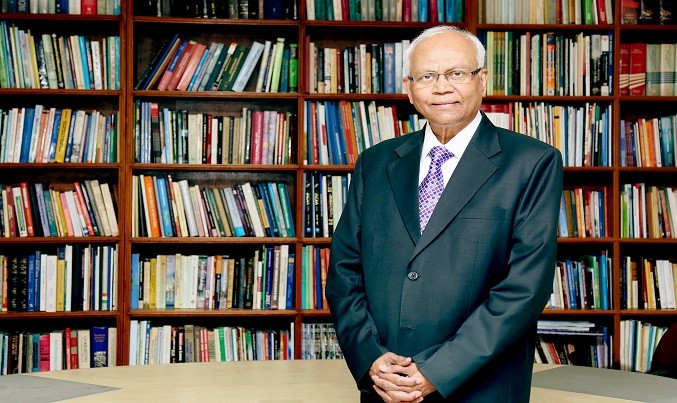Preventing the loss of cultural heritage amid urban development is a daunting, yet essential task. But Ester van Steekelenburg believes it is achievable.
In this interview with AsianNGO, Ester highlights the importance of keeping the cultural identity of a city alive, not only for its sentimental value but also for its added economic benefits.
Acting upon this belief, she founded Urban Discovery, a Hong Kong-based social enterprise that specializes in fostering cultural preservation and urban regeneration across Asia.
Ester and her team craft innovative tools and strategies for making heritage conservation an important aspect of urban planning in some of the region’s largest cities. In 2016, Urban Discovery released a mobile app called iDiscover City Walks, which offers both local and foreign tourists alike a guided walk around historical sites in select Asian cities.
How did Urban Discovery start?
Urban Discovery came out of my personal and professional frustrations from working as an urban planner in Asia for almost 20 years. I have witnessed a general disregard for authentic heritage, both tangible and intangible, and for historical neighborhoods. Whether you are in Bangkok or Beijing, many cities in Asia are increasingly starting to look the same. In contrast, I hail from Europe where historical city centers are so well-appreciated, cared for and offer a very intimate and livable space.
I hence decided to dedicate my experience in urban planning and working with local governments and NGOs in Asia to the issues of urban regeneration of older neighborhoods and heritage preservation.
In the shaping of any urban landscape, there is a whole playing field of actors composed of developers, government, NGOs and civil society. In places like Europe or North America, or even in a city like Shanghai or Singapore, the government is typically quite strong. In many other cities in Asia, the government is not, so the urban landscape has been dictated by what developers want.
We want to give a voice to NGOs, developers with a conscience and concerned people in local governments to simulate discussions about the economic reasons for renovating a historical building instead of demolishing it. We aim to bring more awareness to the economic value of heritage.
Why is it important to keep culture alive in a city?
The reason why people want to live, work and shop at a certain place has a lot to do with the identity of that place. People invest in and take better care of a place when they feel strongly associated to it.
If you do not keep culture alive, you start losing identity—urban identity. Creating livable and lovable places with strong identities is essential—and older neighborhoods almost always have these qualities.
In the case of Singapore in the 60s and 70s, there was a big emphasis on demolishing older neighborhoods to re-house the population in public housing estates. While a hugely successful program in many aspects, it led to a loss of urban identity that negatively impacted the happiness of residents and the frequency of visits of business travelers. The government has since radically changed its stance based on these economic and social considerations.
Some say that cultural preservation and urban development are antitheses of each other. What are your thoughts on this?
I agree with it to some extent, especially in an environment with high land and real estate prices. If you look at preservation from a point perspective which refers to one building only, you cannot just make the numbers work—it is almost always more financially feasible to demolish it and put up something new.
However, if you look at preservation from an area-based perspective, creating neighborhood value would ensure that owners and developers would see increasing property prices and real value added in terms of destination management and destination branding. From an economic point of view, it makes more sense to move towards an area-based revitalization.
As a social entrepreneur yourself, how do you think social enterprises can contribute to this movement?
Social enterprises are just one piece of the awareness puzzle. Actors in the landscape must move away from measuring impact in terms of financial or economic concerns.
Whether you are a developer or a government body, you need to start understanding the concept of value-added cultural impact, value-added social impact and value-added community impact in cultural heritage preservation. And you need to understand that value. In my opinion, social entrepreneurs are more advanced in this type of thinking.
If we, the social enterprises and the NGOs of the world, can articulate and convince developers and governments that there is cultural, social and economic value in cultural heritage preservation, they would begin to comprehend that value.
Social enterprises, in particular, understand how the business works and speak the same language, but have the heart of an NGO. They can be a good liaison between the two sides.
There are many NGOs in this field doing fantastic work, but they are typically underfunded and under-resourced. They, too, can benefit from an entrepreneurial approach. Being social enterprises, I see our role as bringing added value to the very active NGO sector in this area.
Photo: Urban Discovery








